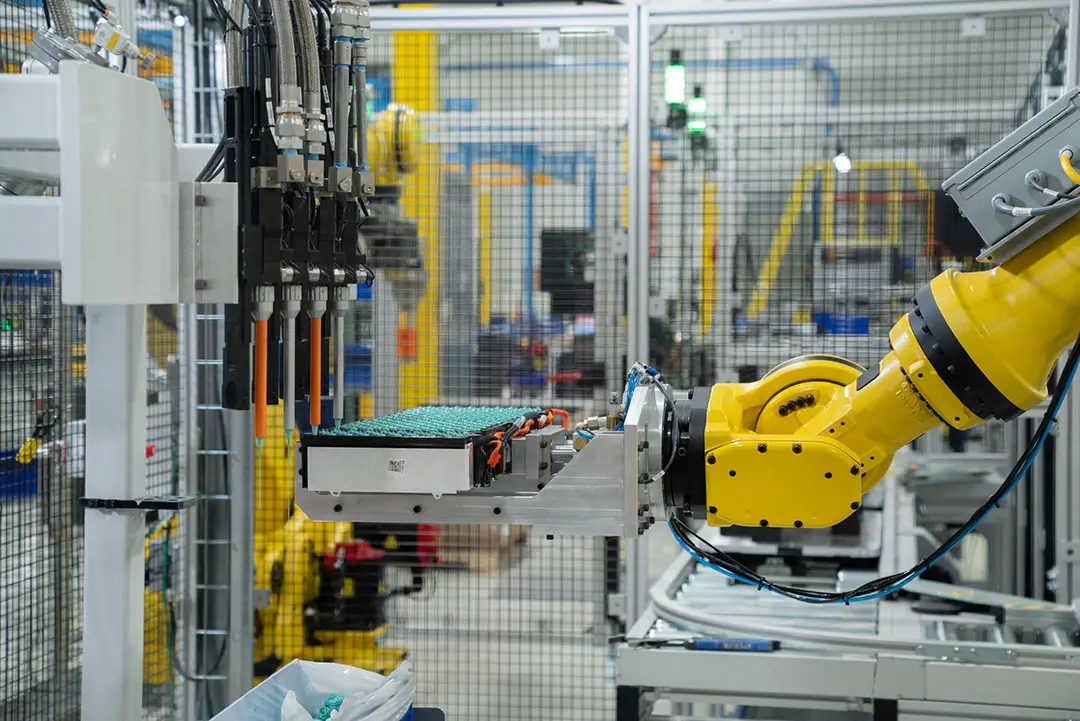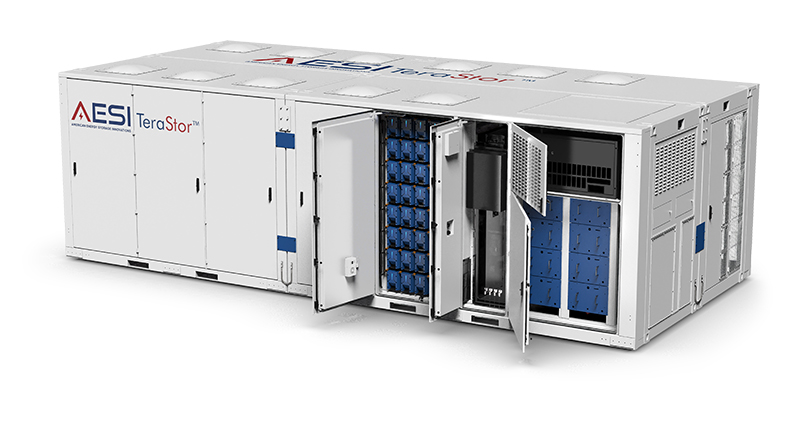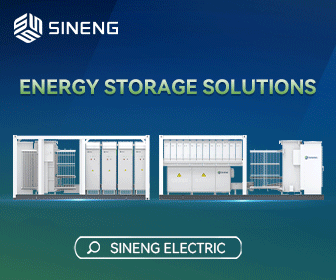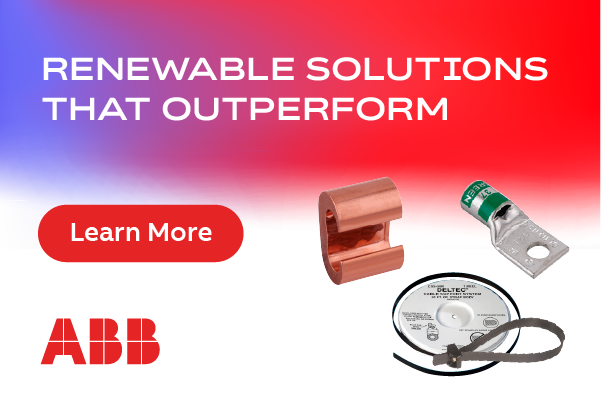How to Choose the Best Energy Storage System for Maximum Profitability
When evaluating BESS options, it's essential to look beyond the sticker price to fully understand the differences between systems to ensure the most profitable and sustainable investment. While some systems might appear less expensive at first glance, they obscure additional costs up-front (which are not included in the quote), and over time (for tools, maintenance and operational downtime). Let’s talk a little about some of the key areas you need to probe in order to make an informed decision that maximizes both cost savings and revenue opportunities.

Uncover hidden up-front and operational cost factors
There is so much more to the story than a low sticker price! To calculate the real levelized cost of usable storage (LCUS), one must consider all required components of the system investment, as well operational costs that can result from systems with lower efficiency and higher maintenance needs, including:
1. Installation complexity and EPC
Less sophisticated BESS often excludes critical components — for example, a fully integrated power conversion system (PCS) — that can translate to huge dollars up-front and over time. Missing components not only add to overall system cost, but also require significant on-site integration, which can lead to compatibility issues and significant delays in addition to higher engineering, procurement, and construction (EPC) costs. Factory-built systems, on the other hand, can eliminate the need for separate assets, reducing EPC costs and installation complexity.
2. Software and controls
Does the system come with a fully integrated energy management system (EMS)? If not, you will be looking at significant integration costs, maintenance headaches, and ongoing licensing and monitoring fees to bring in other external solutions. Be sure to fully understand what is (and isn’t) included, and the cost of implementing/using/maintaining all needed external solutions.
3. Foundation, trenching, and wiring
It is important to probe the site preparation and external infrastructure needs of each system. New fully-integrated systems can minimize onsite work for foundations, trenching, and wiring. They can arrive as ready-to-go building blocks, minimizing on-site work and speeding up the installation process. In rare cases (I know of only one) a system might eliminate the need for BESS auxiliary power infrastructure altogether, which is a huge cost savings, both up-front and over time!
4. Required land
What is the density of each BESS? What external equipment does it require? Advanced BESS with ultra-high-density designs that include everything up to the AC terminals require less space, lowering land acquisition/use costs.
5. Transportation and handling
Evaluate whether the system requires special freight handling, such as overweight permits or expensive lifting equipment. Advanced systems designed for standard intermodal transport can save significant dollars.
Maximize revenue opportunities
To ensure long-term profitability, don’t overlook the following oft-missed factors that can lead to enhanced revenue:
· Usable lifespan and depth of discharge (DoD)
Look for a solution that offers 100 percent DoD, allowing all of the capacity to be utilized — both per cycle and over the system's life — and accurate state of charge (SOC), state of health (SOH), and balancing, which ensures the system is always ready for dispatch.
· Warranty and financial security
Review the included and extended warranties carefully! Some warranties cover performance guarantees and maintenance, minimizing financial risks for unforeseen issues.
· Commissioning and deployment time
Systems designed for faster installation and commissioning can begin generating revenue sooner. Look for BESS that can be commissioned in hours or days, compared to the months needed for traditional legacy systems. Time to revenue is key!
· Round-trip efficiency (RTE)
Higher RTE means less energy is lost during the storage/discharge cycle, lowering operational costs and improving profitability. Quantify these efficiency gains to illustrate benefits of one system over another. Don’t believe spec sheets for this one! Look for true test results of the efficiency of the complete system. Some products will limit their stated RTE numbers to battery cells only, which obscures the true efficiency of the BESS that must account also for all the support systems around the cells.
· Operational reliability
Features such as redundancy, comprehensive monitoring systems, and robust support infrastructure minimize downtime. Proactive maintenance through data-driven insights prevents failures and reduces associated costs.
· Safety features
Built-in safety mechanisms in some BESS reduce risks by effectively sequestering thermal runaway incidents at the single cell-level. This minimizes propagation risk and can lower insurance costs while enhancing operational security.

Make an informed decision
When comparing BESS options, a side-by-side evaluation of all-in-one solutions versus traditional systems might just reveal substantial benefits of all-in-one factory-installed and -tested systems, like:
-
Significant savings: For things like reduced installation time, lower integration costs and minimized land requirements.
$ Enhanced revenue opportunities: Through faster deployment, better utilization of capacity, and higher operational efficiency.
$ Long-term profitability: With comprehensive warranties, extended lifespans, and robust features that ensure sustained performance and financial security.
By quantifying these benefits, stakeholders can make informed decisions that ensure the long-term profitability and sustainability of their energy storage investments. So, the next time you’re in the market for a BESS, remember to look beyond the price on the page and evaluate the comprehensive costs/advantages of each solution. It’s likely you’ll find that investing in a fully engineered, factory-installed and tested system is not just a smart choice — it’s the key to maximizing your investment’s potential.
Deanna O’Donnell is Vice President at American Energy Storage Innovations (AESI), which designs and engineers all its energy storage products to meet the needs of grid energy storage, deployment, operation, and energy management for the next 20 years.
AESI | www.aesi-ess.com
Author: Deanna O’Donnell
Volume: 2024 September/October









